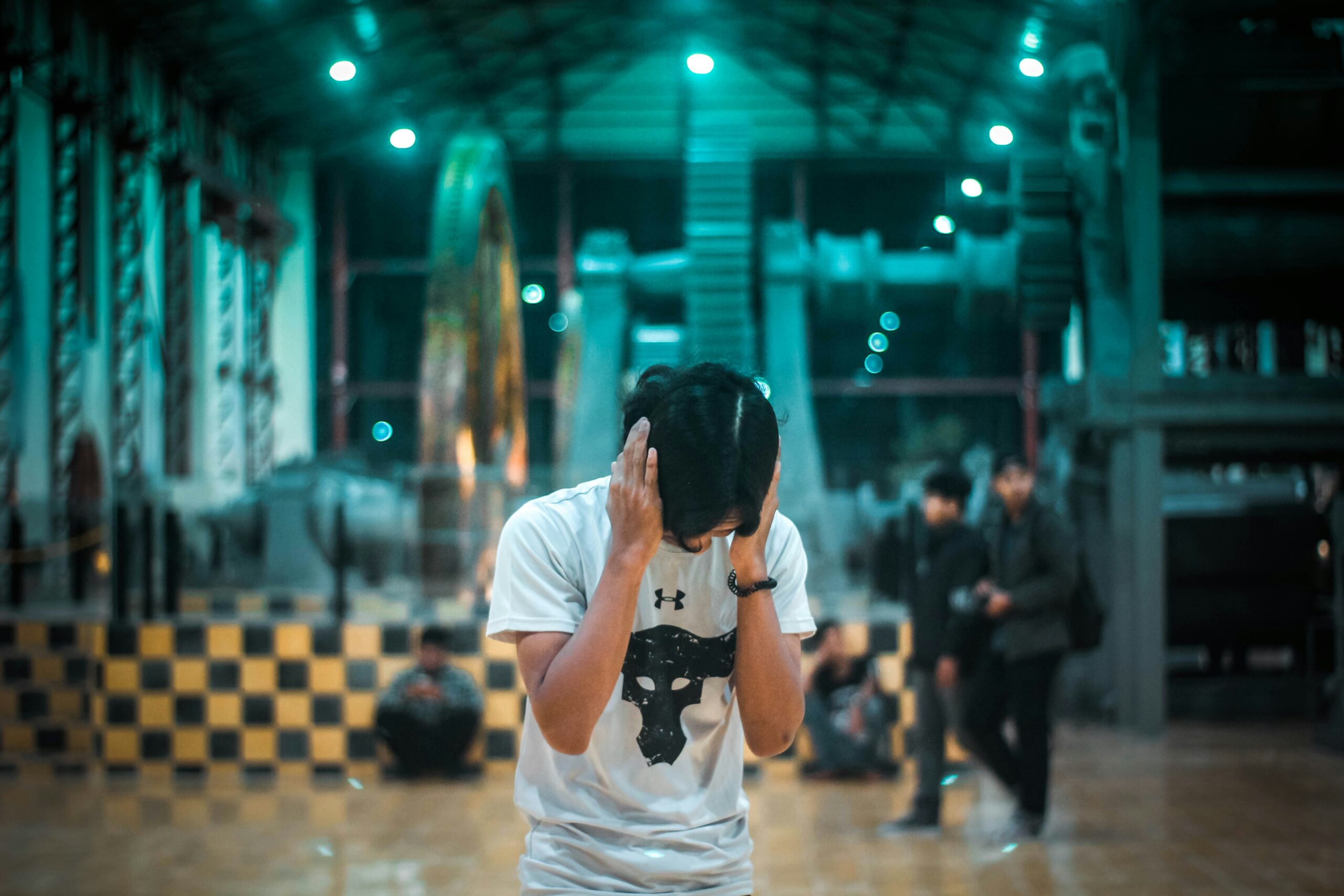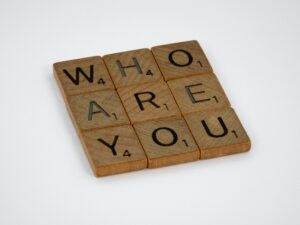By Professor Tony Attwood and Dr. Michelle Garnett.
Hyper- or hypo reactivity to sensory input or unusual interest in sensory aspects of the environment is a core diagnostic criterion for autism (APA, 2022). Sensory sensitivity is one of the earliest signs of autism and can be recognised in infancy. The sensitivity can be across all sensory modalities, life-long and affect the ability to engage in social and community activities, thus increasing loneliness and reducing quality of life (Quadt et al., 2023). Sensory sensitivity will also affect attention and concentration and contribute to anxiety, depression and meltdowns. Sensory sensitivity is not unique to autism and is recognised as a characteristic of other neurodevelopmental conditions such as ADHD and schizophrenia.
Nearly 90% of autistic children experience sensory sensitivity (Gandhi et al., 2021) and over 90% of autistic adults (Crane et al., 2009). The sensitivity does not habituate with repeated exposure, and the criticism ‘Just get used to it’ does not recognise that the experience can be extremely painful and is not easily diminished by distraction and mental effort.
There can be hyper-reactivity to external sensory experiences such as sounds, light intensity and touch (Exteroception) and hypo-reactivity to some external experiences and sensing the body’s internal states such as heart rate, breathing and hunger (Interoception). Some sensory experiences can be perceived as extremely enjoyable.
Auditory sensitivity
Acute auditory sensitivity can occur in response to specific sounds (hyperacusis), particularly sudden or ‘sharp’ noises, a specific pitch, or aspects of speech. The ‘sharp’ noises can include the sound of a dog barking, someone shouting, coughing or clapping, fireworks, loud vehicles and construction tools. Pitch sensitivity can be to small electric motors such as hand dryers and vacuum cleaners, the sound of the fan inside a computer, and someone singing off the key. There can also be a sensitivity to competing voices and sounds, such as multiple conversations or several radios playing in an office.
Temple Grandin describes her auditory sensitivity:
“ Sudden loud noises hurt my ears like a dentist’s drill hitting a nerve. High pitched continuous noises such as hair dryers and other small motors are annoying. All the behaviour modification in the world is not going to stop an autistic child from screaming when a noise hurts his ears.”
Loud, sudden noises still startle me. My reaction to them is more intense than other people’s. I still hate balloons, because I never know when one will pop and make me jump. Sustained high-pitched motor noises, such as hair dryers and bathroom vent fans, still bother me, lower frequency motor noises do not.
The auditory sensitivity can be to many everyday sounds that are difficult to avoid, and the anticipation of these aversive experiences will increase anxiety and reduce the motivation to engage in social and family events and community activities. Auditory sensitivity will also affect the ability to fall asleep with a startled reaction to nighttime sounds. However, auditory sensitivity could lead to a greater appreciation of music, learning to play an instrument, a career in the music industry and sound engineering and social connection in being a member of a band, orchestra or choir.
Tactile sensitivity
There can be acute sensitivity to specific tactile experiences, even light touch on particular parts of the body, for example, hair washing or hair or nail cutting, the sensation of rough textures, perceiving the seams and labels of clothing, food texture, unexpected touch from someone, and tight clothing. There can be tactile hyposensitivity, such that some tactile experiences are not noticed.
Tactile sensitivity will affect the experience of some expressions of affection, such as a kiss or hug. Temple Grandin describes her tactile sensitivity:
“I pulled away when people tried to hug me, because being touched sent an overwhelming tidal wave of stimulation through my body.”
“Church was a nightmare because the petticoats and other Sunday clothes itched and scratched. Many behaviour problems in church could have been avoided by a few simple clothing modifications.”
“As a baby I resisted being touched and when I became a little older I can remember stiffening, flinching, and pulling away from relatives when they hugged me”.
“As a child I wanted to feel the comfort of being held, but then I would shrink away for fear of losing control and being engulfed when people hugged me”
The sensitivity to touch could also affect aspects of sexual intimacy (Gray et al., 2021)
Tactile sensitivity can also affect the perception of surfaces, such as the fabric used for chairs and having to sit on a carpet at school, but can be associated with an enjoyable experience, such as feeling cold metal surfaces and soothing clothing, as in the comment It’s just a scarf, but it could be quite comforting to wear, I stroke the material (Kyriacou et al., 2023).
Visual sensitivity
Visual sensitivity can be due to light type, intensity, colours, and patterns. Bright and flashing lights can be aversive; fluorescent lights are perceived as flickering, bright sunlight is ‘blinding’, and some forms of lighting can trigger a headache or migraine. Supermarkets can be a source of aversive visual experiences, such as bright shop lighting, multi-colour packaging, and shiny floors. Some colours or colour combinations can be distressing, as described by an autistic teenager:
“I also remember one Christmas, when I got a new bike for a present. It was yellow. I would not look at it. Extra red was added to the colour making it look orange, and it blurred upwards making it look like it was on fire”
Some patterns can create visual distress, such as the vibrant pattern on a carpet, which is perceived as an optical illusion and “painful for my eyes”.
Visual sensitivity can lead to abilities such as drawing with attention to detail, being aware of lighting as a photographer, and noticing symmetry and patterns as an architect.
Olfactory sensitivity
The sensitivity can be to specific olfactory experiences such as perfumes and deodorants, the smell of specific food, and cleaning chemicals, as described in the following comment: “They had a new hand gel in the toilet, and I just couldn’t use it as it was so overpowering. Olfactory sensitivity can also affect the perception and acceptance of someone: “They could be the nicest person in the world, but if I don’t like how they smell, they were evil to me.
Olfactory and tactile sensitivity can combine to affect the perception of food, especially food with a fibrous texture, multiple flavours and a distinct aroma. There can also be a fear of swallowing, choking and trying new foods that contribute to Avoidant/Restrictive Food Intake Disorder (ARFID). Sean Barron described that in his childhood,
“I was supersensitive to the texture of food and I had to touch everything with my fingers to see how it felt before I could put it in my mouth. I really hated it when food had things mixed with it….I could never put any of it into my mouth. I knew if I did I would get violently sick”.
There can be a tendency to eat different foods consecutively, and some foods create excruciating pain: “Eating a pear to me felt like sharp pins being put into my throat”
Parents can be concerned that nutritional needs are not met with avoidance and anxiety due to the sensory characteristics of food. This may be one of the contributory factors to developing an eating disorder such as anorexia nervosa (Brede et al., 2020).
Interoception
Interoception is the sense of the body’s internal states, such as pain, illness, heart rate, breathing, muscle tension, hunger, satiation, thirst and the need to go to the toilet. There seems to be a mind/body division described in the comment: “Autism is being locked inside yourself, but it’s being disconnected from yourself too”. An autistic person may forget to eat or drink for long periods of time and have limited cognitive awareness of pain, injury, exhaustion and sleepiness. An example is the comment, “I had no idea I was sick and going to vomit until about 3 seconds before”, and “I’m insensitive to my body’s signals that I need to go… I’m very often extremely desperate to go once I finally realise…”
A difficulty perceiving increased heart rate, breathing and muscle tension will affect the ability to perceive increasing anxiety, agitation, imminent meltdown and the ability to regulate emotions. Problems with interoception will also affect the accuracy of medical examinations. The best way I can describe this to health professionals is that I receive a signal from somewhere I’m not exactly sure, and I have difficulties interpreting what they might mean
There can also be hypersensitivity to internal sensory experiences, such as “ I’m super sensitive to any little changes in how my body feels and I always worry that I might have some serious deadly terminal scary disease. This can lead to the autistic person being perceived as having hypochondria and experiencing anxiety associated with the internal sensations associated with digestion.
Where to From Here?
Part 2 of Sensory Sensitivity and Autism will focus on screening and measuring instruments for sensory sensitivity, the autistic sensory profile for proprioceptive and vestibular sensitivity, synaesthesia, emotional sensitivity, sensual pleasure, sensory sensitivity and anxiety, strategies for accommodating sensory sensitivity and sensory sensitivity through the life span.
We have created a brand-new half-day event on Sensory Processing and Autism that will be webcast on the afternoon of the 23rd of August Link




